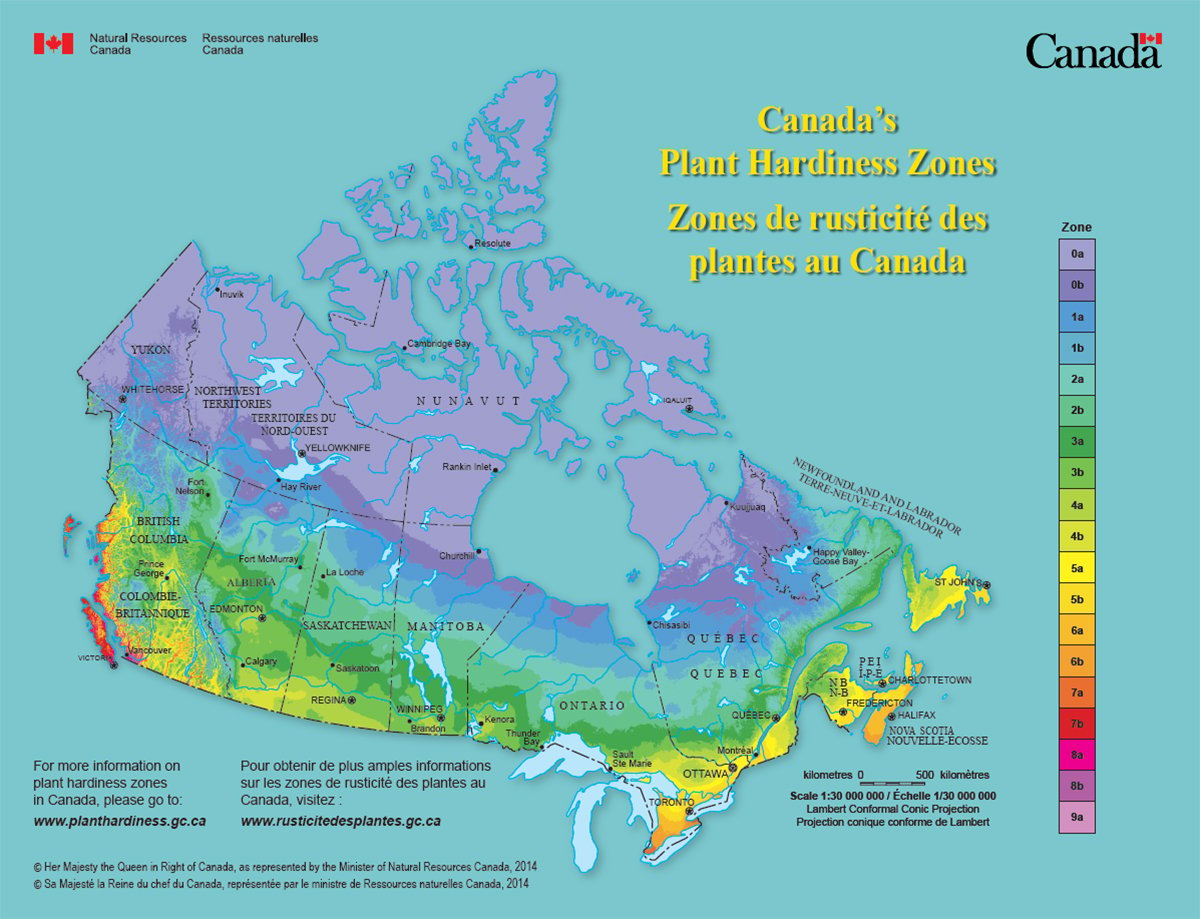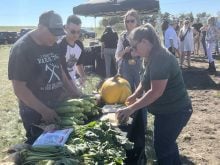OTTAWA – The Natural Law Party of Canada, whose candidates enlivened the last election campaign by practicing yogic flying for the cameras, has turned its attention to “genetically engineered food.”
Last week, the group which converted a chain of meditation clinics into a political campaign promoting a natural order of things, unveiled its campaign to ban genetically engineered foods.
In speeches across Canada, American biologist John Fagan is arguing that gene tampering can create new products with hidden dangers that could make consumers sick from allergies, toxins or contaminants.
Read Also

Canada’s plant hardiness zones receive update
The latest update to Canada’s plant hardiness zones and plant hardiness maps was released this summer.
He said governments exert too little control on this new technology and called for strict health standards, tougher health and safety testing and mandatory labeling.
“Consumers have a right to know if it is genetically altered food on the shelf,” he told an Ottawa news conference. “That is a minimum.”
Fagan’s tour, financed by the Natural Law Party, takes him to Edmonton, Calgary and Victoria.
Industries unite to form handbook
Canadian farm groups are joining together to help livestock and poultry farmers prepare for tougher production standards.
The Canadian Federation of Agriculture, along with cattle, pork and sheep producers’ groups, poultry and egg marketing boards, are co-operating to develop a handbook to help farmers apply Hazard Analysis Critical Control Points in their operations.
The handbook is to be ready by March. It is supposed to supplement HACCP implementation programs already developed by commodity groups.
Then, a training course will be developed for farmers by January 1998.
The Canadian Farm Business Management Council is funding the project. An Ottawa consulting group, Monachus Consulting, has been hired to co-ordinate the work.
Interest down, cost of farming up
The cost of interest payments for the average farm operator was 16.2 percent lower in the third quarter of 1996 than during the same period last year, Statistics Canada has reported.
Still, the cost of farming is increasing.
Raising livestock on the Prairies cost on average 7.3 percent more than the previous year and crop production costs were 6.3 percent higher.
In Eastern Canada, because of higher feed costs and prices for weanling pigs and chicks, animal production costs were as much as 20 percent higher than year-earlier levels.
Overall, the five percent Canada-wide average increase in farm production costs year over year was the sharpest since 1993.
Statistics Canada also noted fertilizer costs and machinery costs were higher during the third quarter, helping offset lower interest changes.














